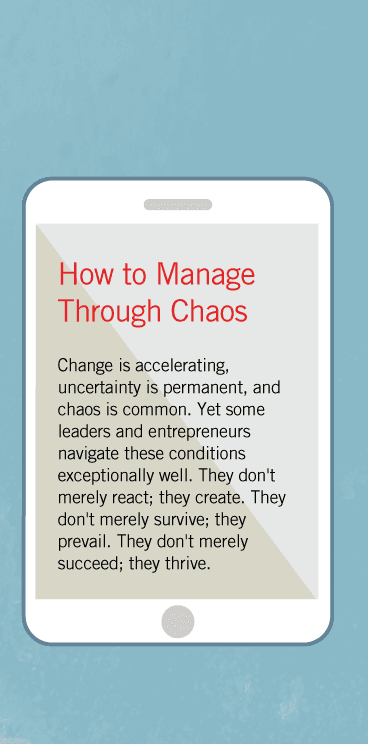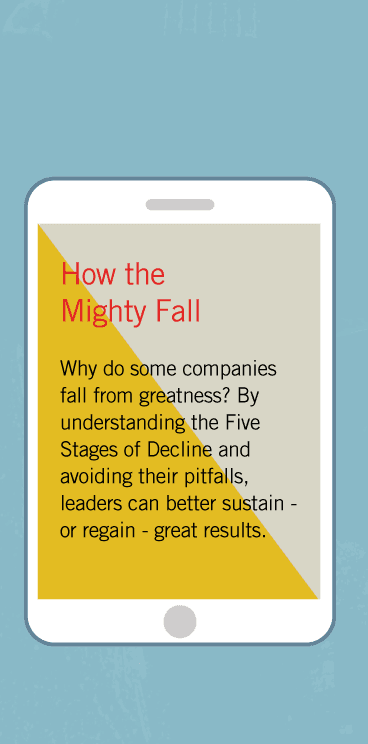20 Mile March – Building Confidence in K12 Education
In 2002, we received a phone call at our research lab in Boulder, Colorado, from Lattie Coor, former president of Arizona State University and then chairman of the Center for the Future of Arizona. “We’ve identified the education of Latino children as one of our state’s top priorities,” said Coor. “We must figure out how to solve the problem. Can you give us some guidance?” Coor had the idea to create a study patterned on a matched-pair method similar to this study’s but applied to education. They’d identify public schools that performed well in adverse circumstances and with significant Latino populations; they’d then compare those schools to other public schools facing similar circumstances that didn’t perform as well and study the differences.
Coor assembled a team of researchers led by Mary Jo Waits, who conducted its Beat the Odds study with guidance from our research lab. The study found that factors outside principals’ control—such as class size, the length of school day, the amount of funding, and the degree of parental involvement—did not systematically distinguish the higher performing from the comparison schools. Of course, changing those variables might well improve education performance across all schools, but the beat-the-odds schools put their energies into what they could do. The study identified a set of practical disciplines that lay within the control of the individual school, even in adverse circumstances. Each beat-the-odds school held itself accountable for a clear bottom line of academic performance, rooted in three precepts articulated in the Beat the Odds report:
- Don’t even think about playing a blame game when students aren’t learning. Have the strength to look at the problem and take responsibility.
- Don’t think the solution is “out there.” If students aren’t learning, the school needs to change.
- No one is allowed to lag behind. If every student in every classroom isn’t learning, the school isn’t doing its job.
In 1997, Alice Byrne Elementary School in Yuma, Arizona, performed no better than a similar comparison school and substantially below state averages in third-grade reading. Principal Juli Tate Peach refused to capitulate to difficult circumstances. Yes, many of the kids came from poor Latino families. Yes, the school had a limited budget. Yes, the teachers felt stretched to do more with less. Peach and her teachers nonetheless overcame these obstacles and gradually increased student reading performance about twenty percentage points, to beat the state averages. Meanwhile, Alice Byrne’s comparison school, facing similar circumstances, demonstrated no substantial improvement in third-grade reading. Why?
Juli Tate Peach brought fanatic discipline to one focused goal: individual student achievement in basic skills like reading. She led the school to measure progress not just at the end of the year but also throughout the year, working with her teachers to track performance, taking corrective action along the way. She created a collaborative culture of teachers and administrators poring over the data and sharing ideas for how to help each child perform better. They embraced a never-ending cycle of instruction, assessment, intervention, kid by kid, in a relentless 20 Mile March of learning throughout the year. Improving results increased confidence and motivation, which then reinforced discipline, which then drove better results, which then increased confidence and motivation, which then reinforced discipline, up and up and up.
The principals at the Arizona beat-the-odds schools understood that grasping for the next “silver bullet” reform—lurching from one program to the next, this year’s fad to next year’s fad—destroys motivation and erodes confidence. The critical step lay not in finding the perfect program or in waiting for national education reform, but in taking action; picking a good program; instilling the fanatic discipline to make relentless, iterative progress; and staying with the program long enough to generate sustained results. They gained confidence by the very fact of increasing achievement. If you beat the odds, you then gain confidence that you can beat the odds again, which then builds confidence that you can beat the odds again, and again, and again.






